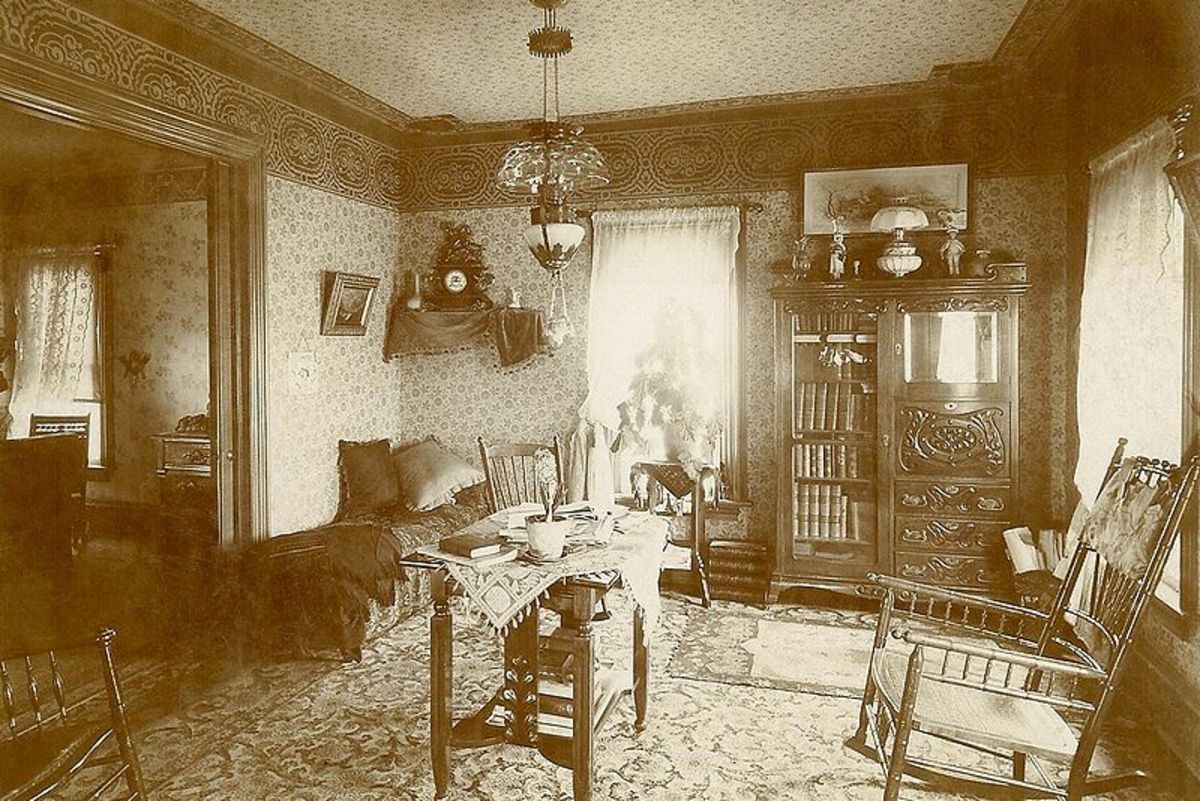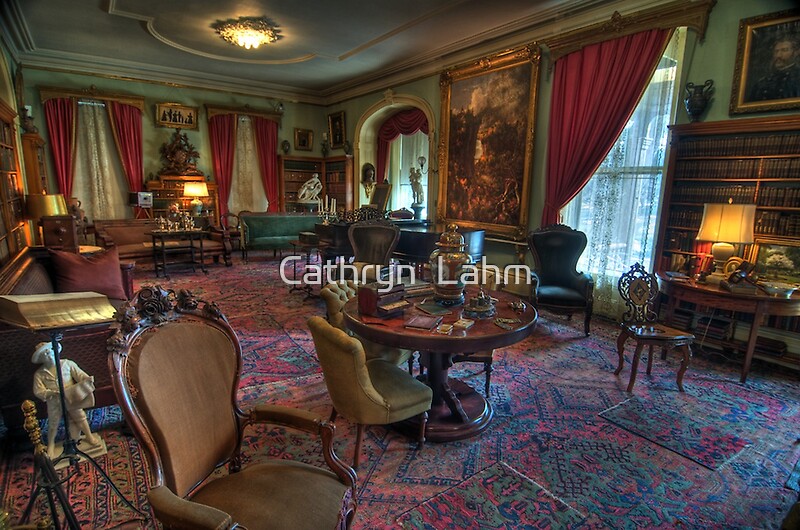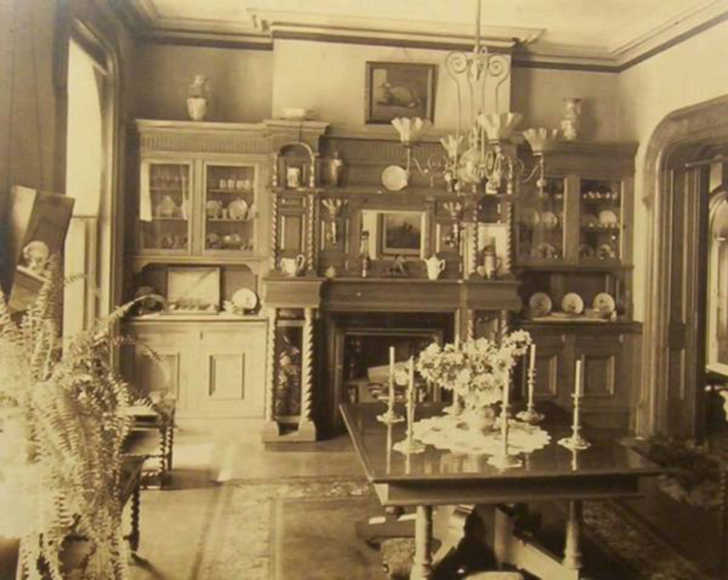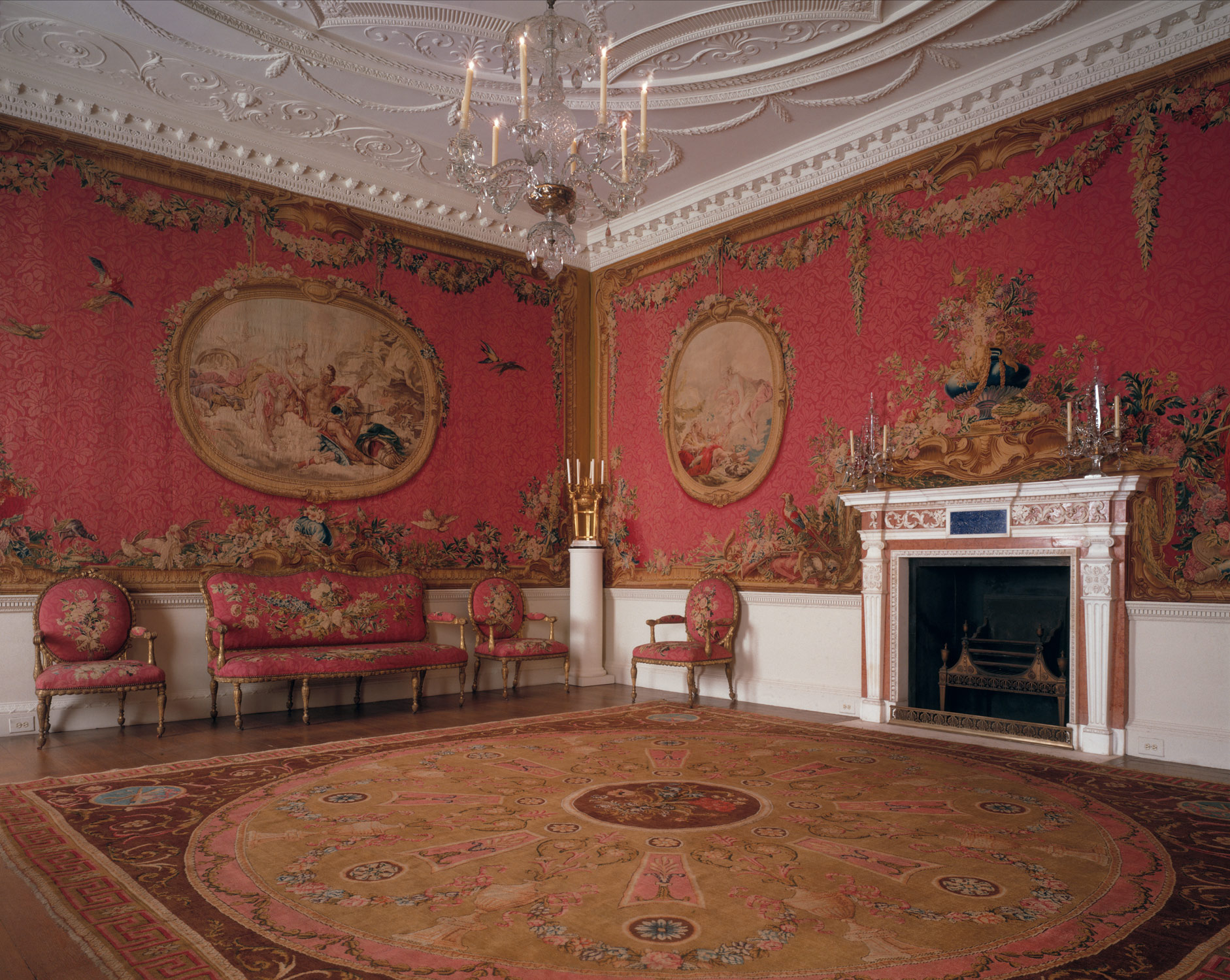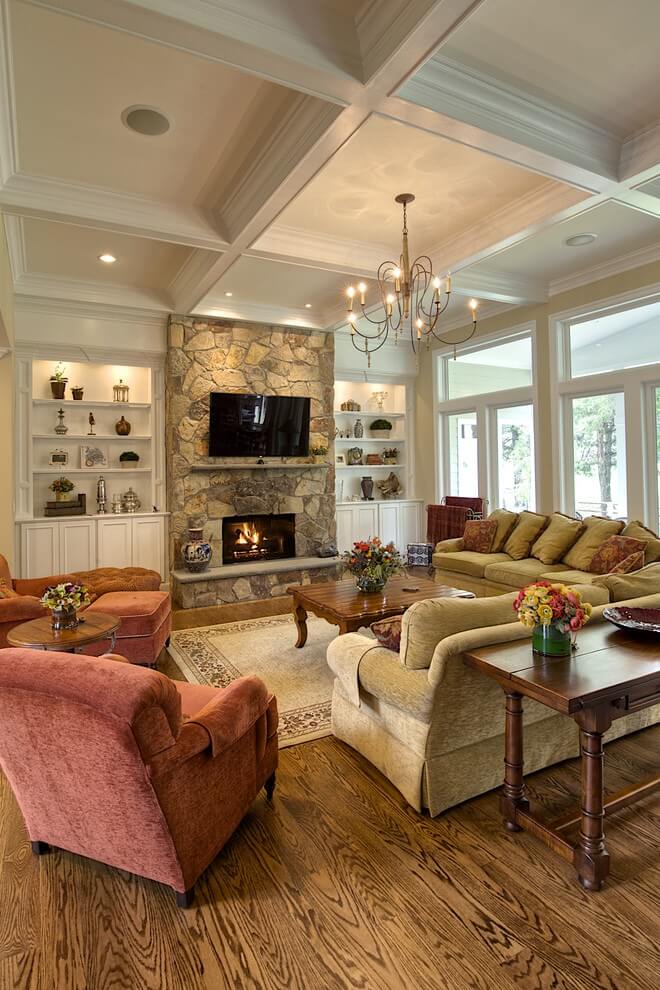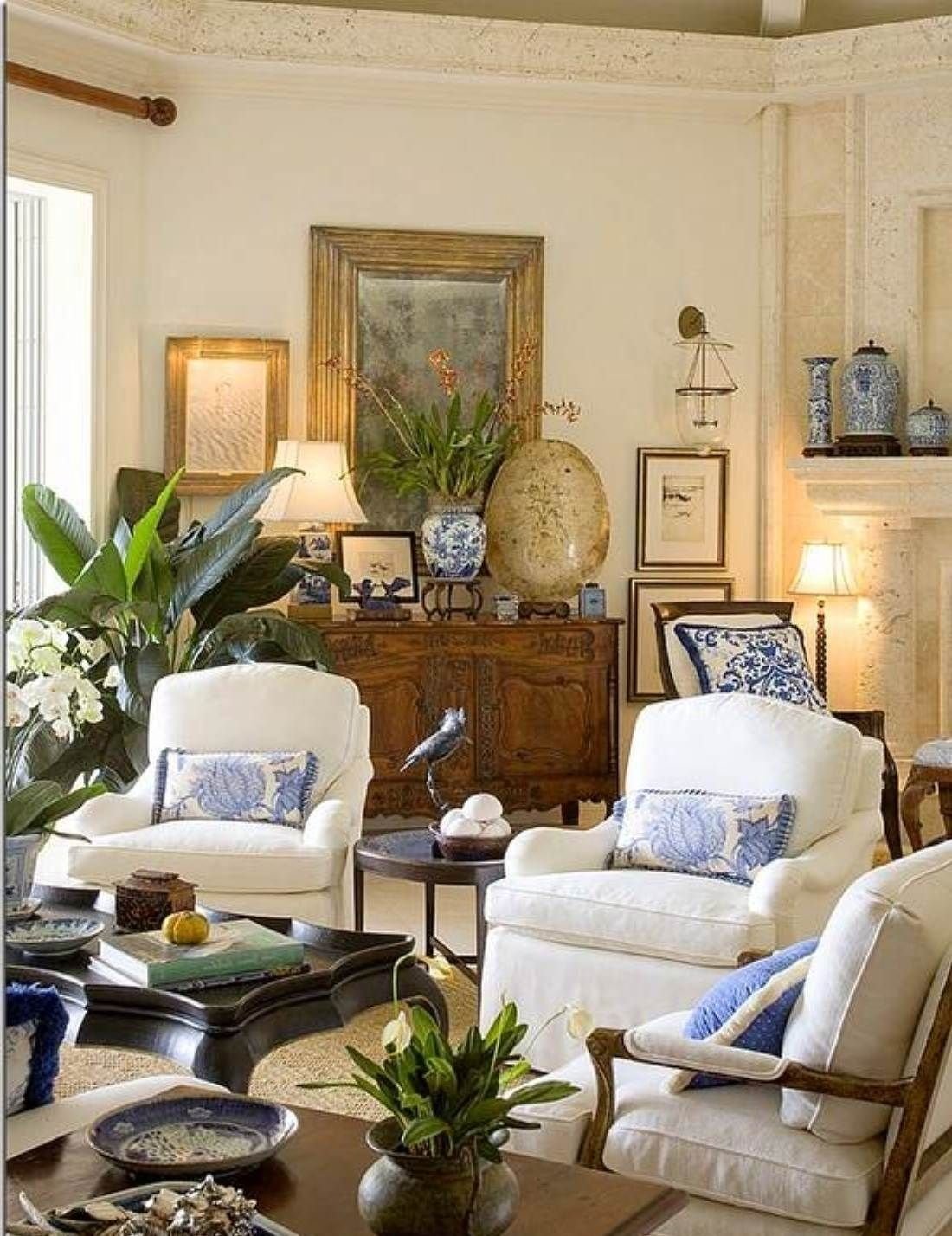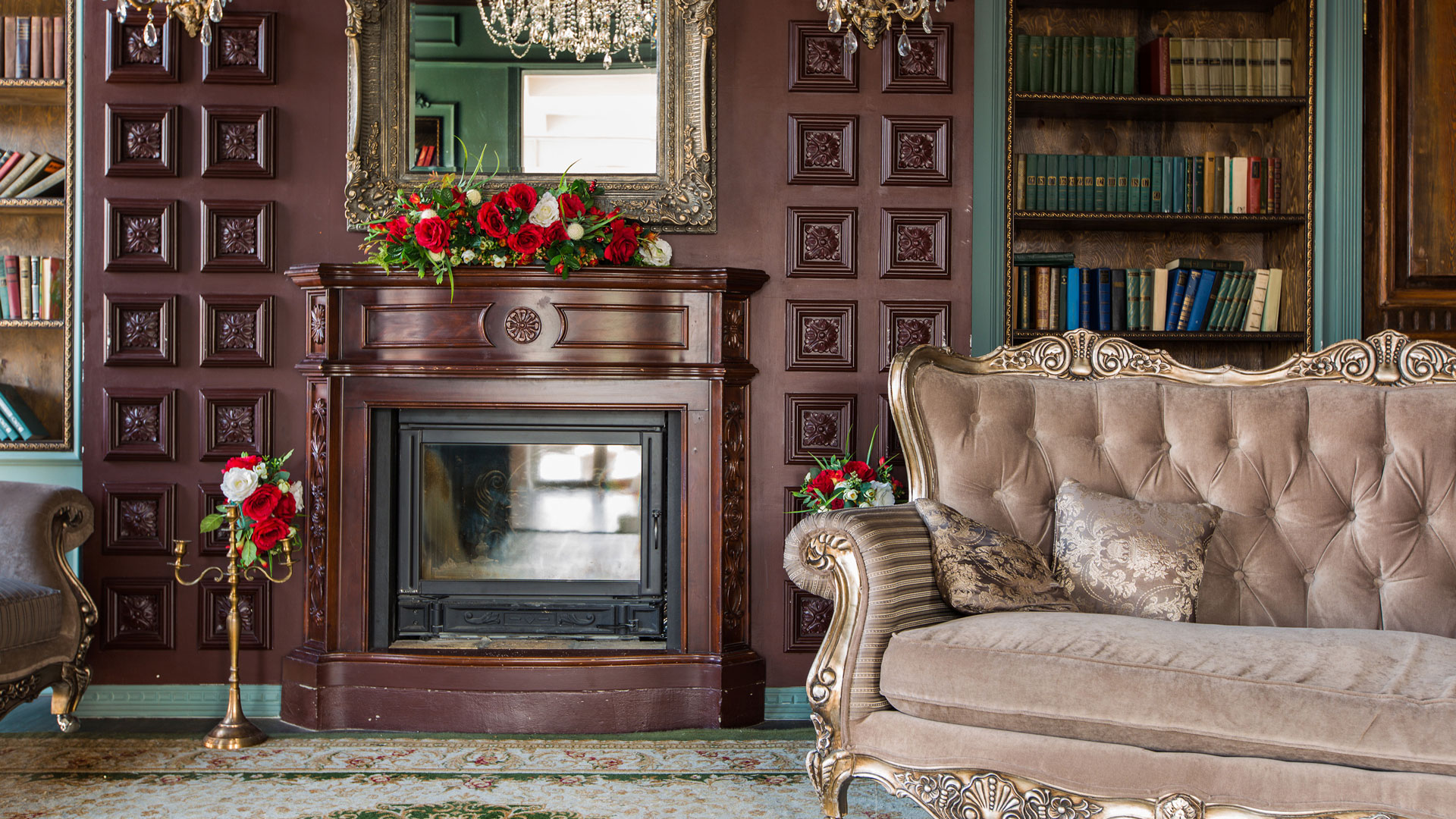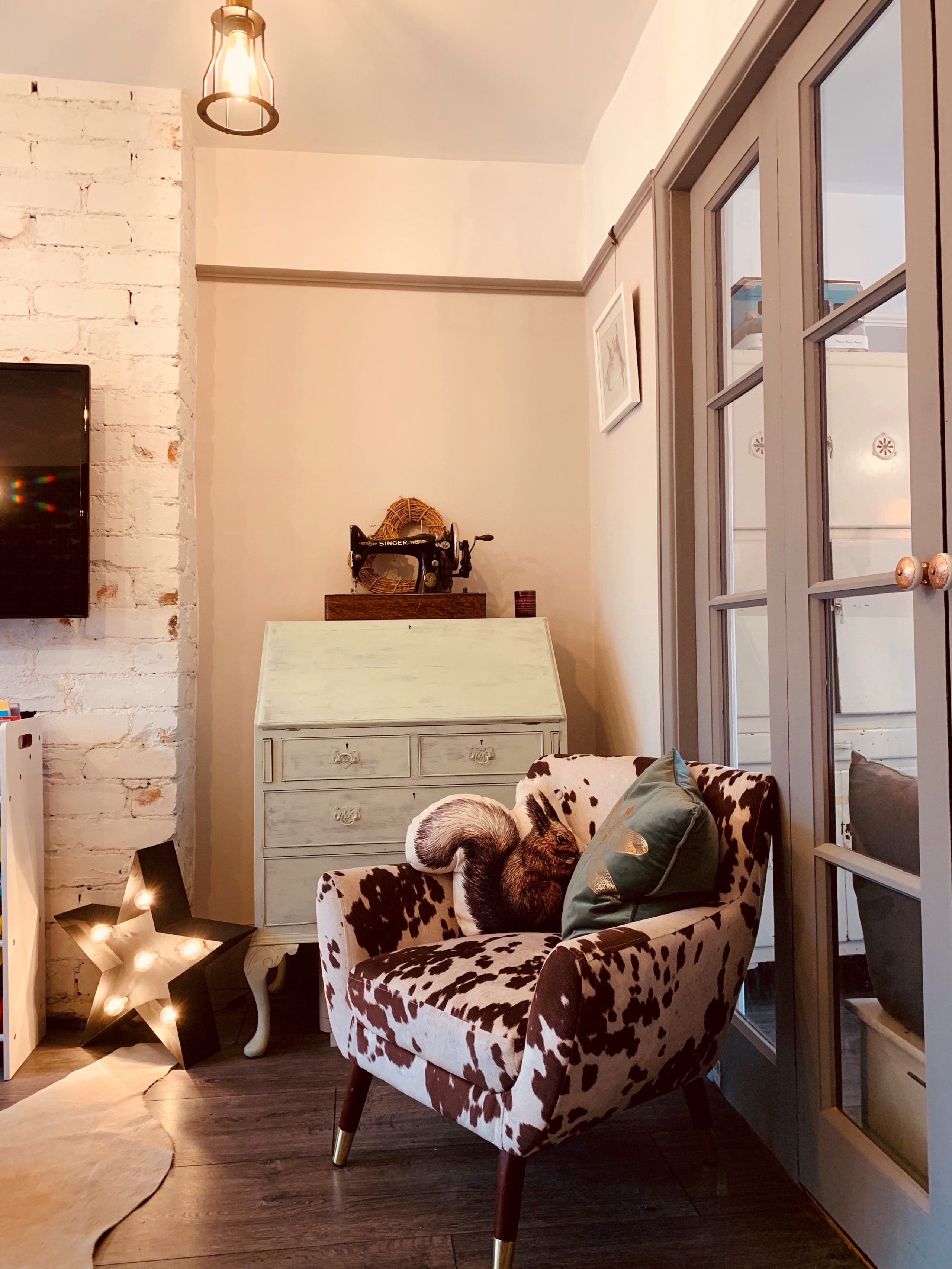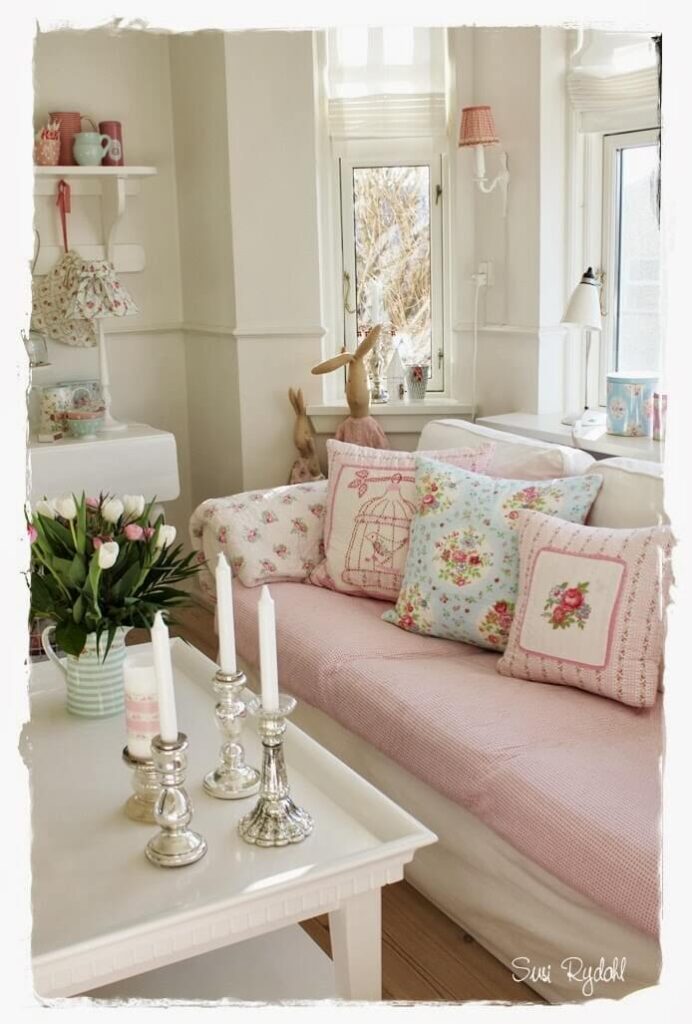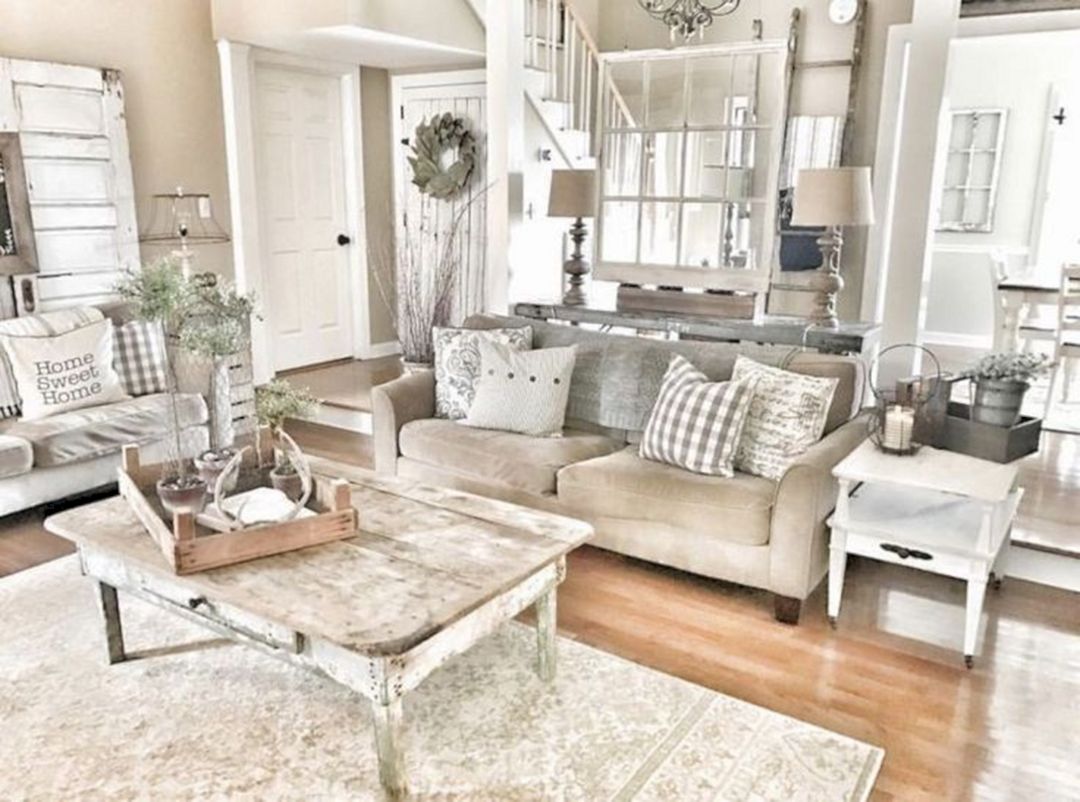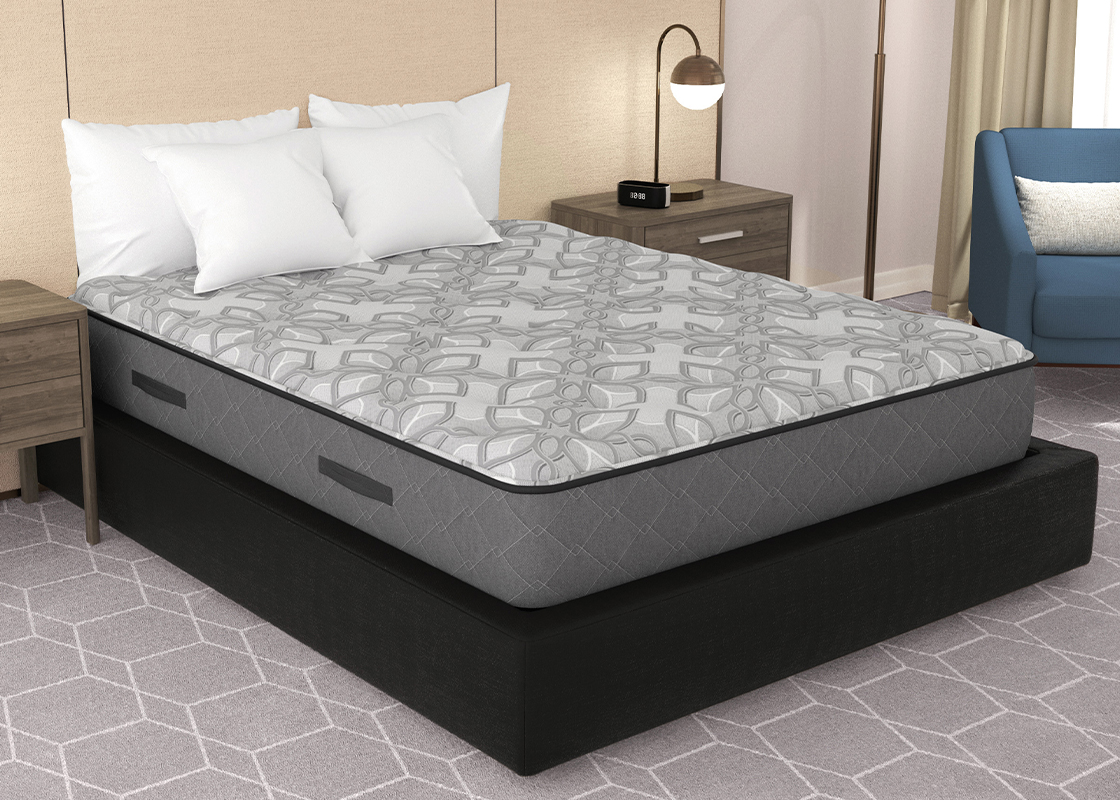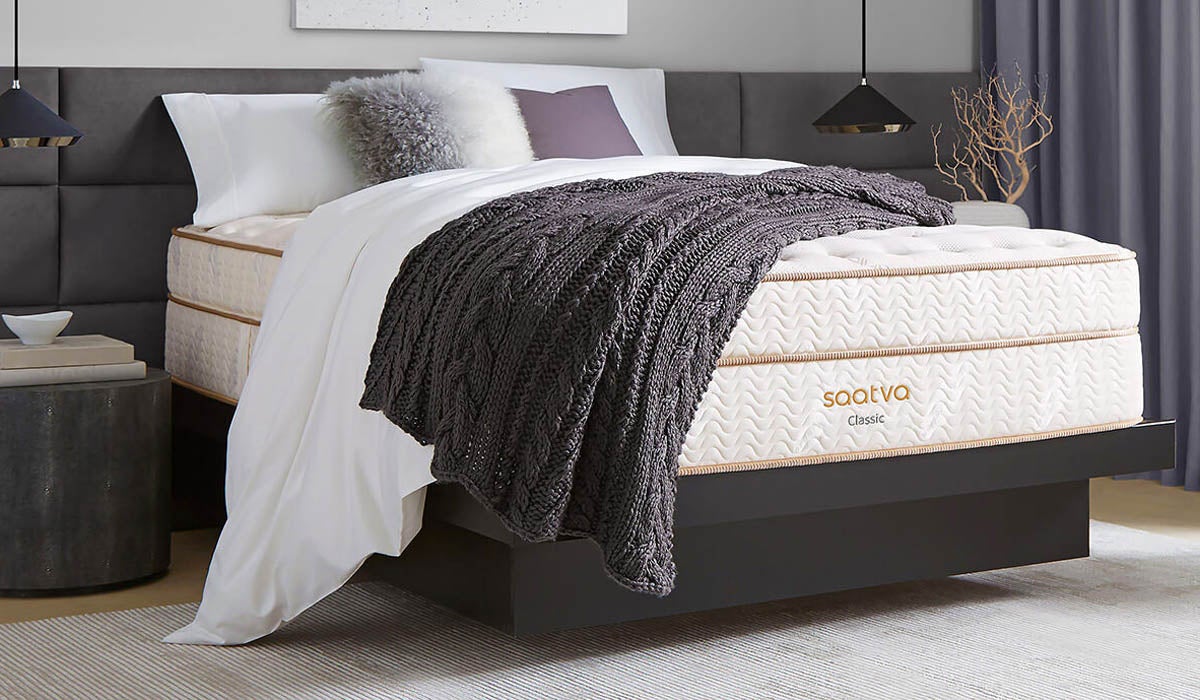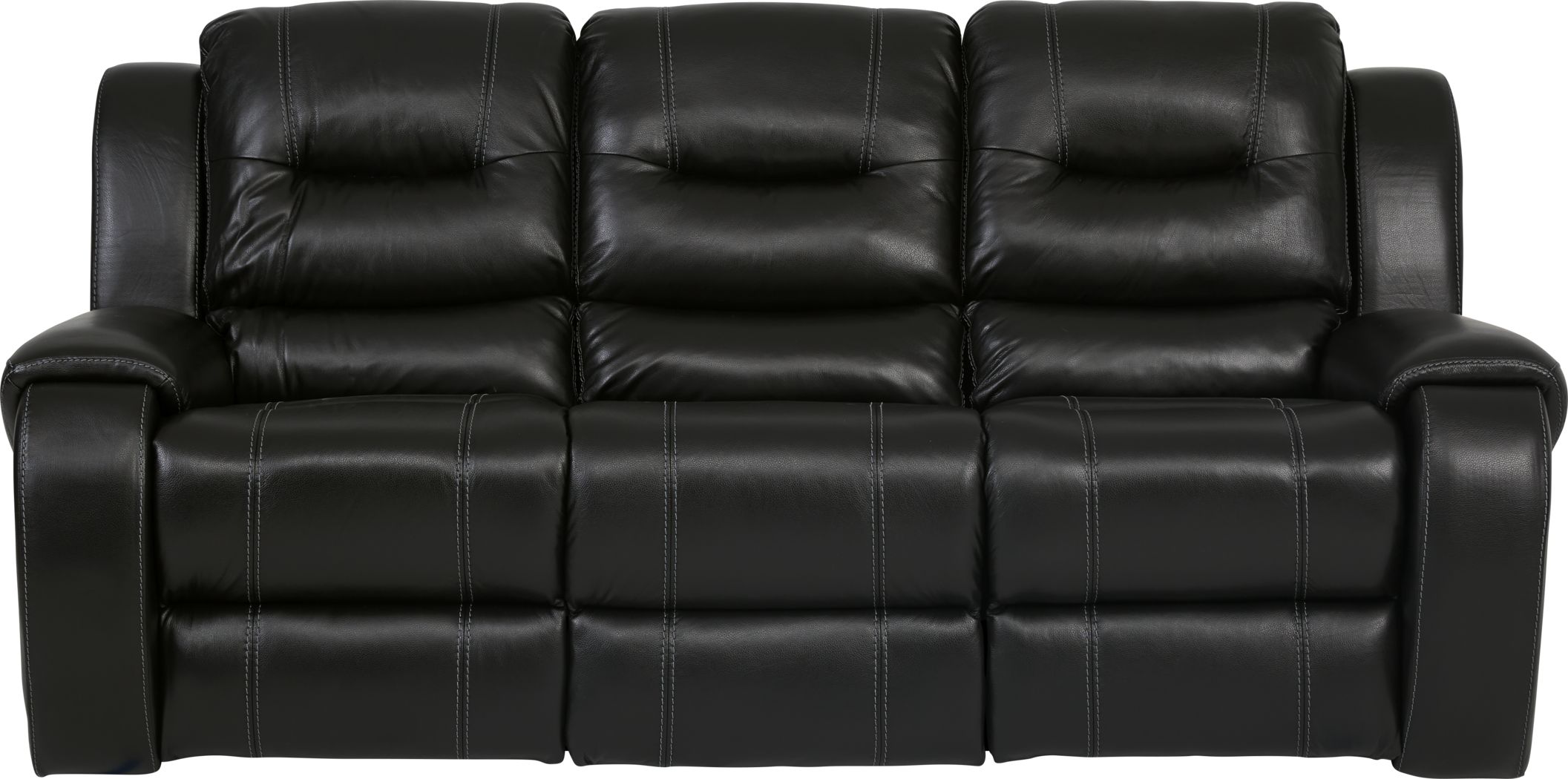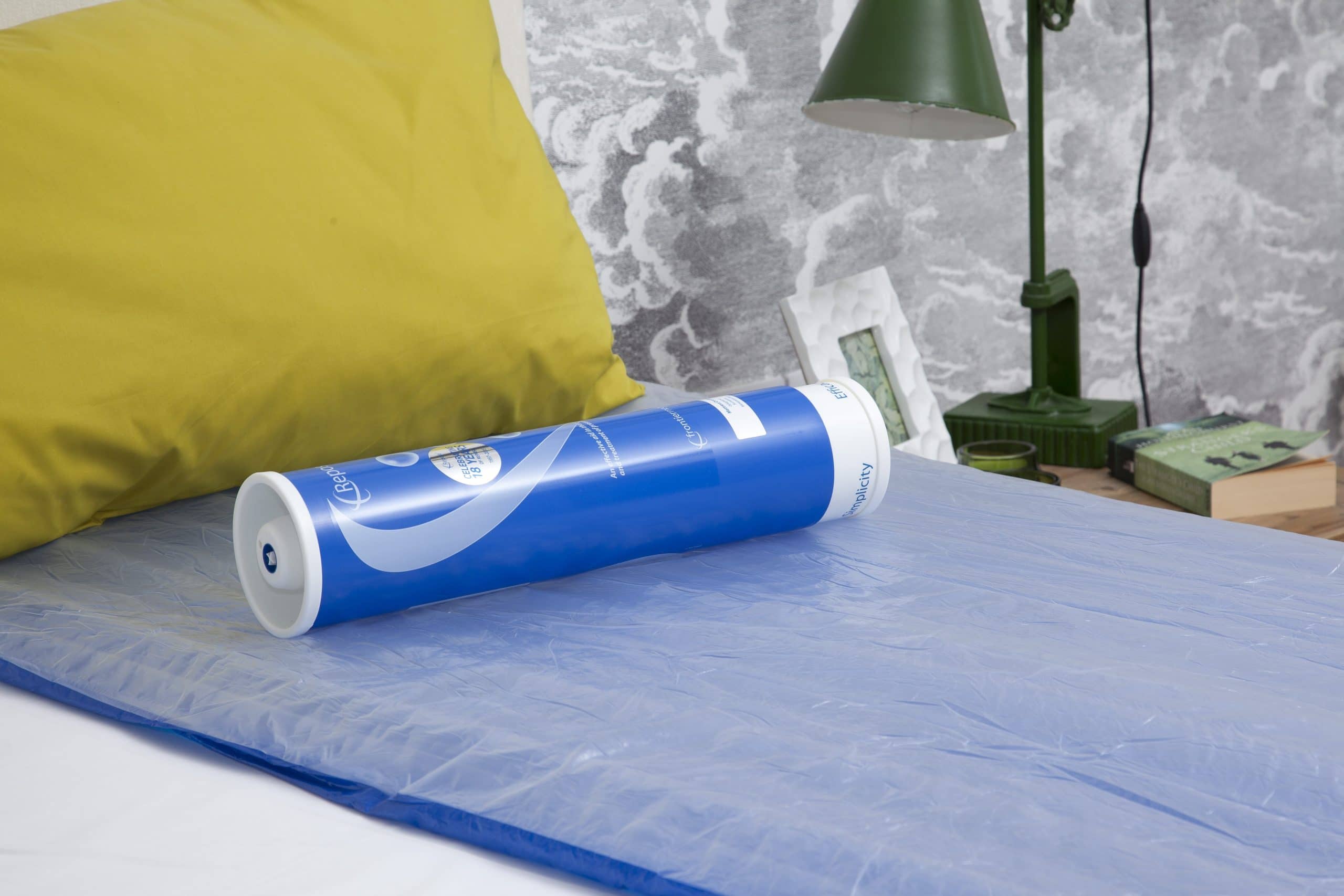The Victorian era, spanning from 1837 to 1901, was a time of lavish and ornate designs in home decor. The living room, also known as the parlor, was considered the most important room in the house and was often decorated to impress guests. Victorian living room decor is characterized by rich colors, intricate patterns, and luxurious furnishings, creating a grand and opulent atmosphere. One of the key elements of Victorian living room decor is the use of bold and rich colors. Deep jewel tones such as emerald green, ruby red, and sapphire blue were popular choices for walls, upholstery, and drapery. These colors were often paired with gold accents and intricate patterns, creating a sense of luxury and sophistication. Another defining feature of Victorian living room decor is the use of ornate and detailed furnishings. Furniture pieces were often made of dark, polished wood with intricate carvings and embellishments. Heavy velvet or brocade fabrics were used for upholstery, and tufted backs and arms were common features. Tables and chairs were often adorned with decorative tassels, fringe, and lace. To complete the Victorian living room decor, accessories and decor played a significant role. Mirrors, chandeliers, and candelabras were popular choices for adding a touch of elegance and glamour. Rugs with intricate patterns, tapestries, and wall art featuring landscapes or portraits were also commonly used to add visual interest to the room. Incorporating Victorian living room decor into a modern home can be done by mixing vintage and antique pieces with more contemporary elements. A velvet sofa in a rich jewel tone paired with a sleek, modern coffee table can create a perfect blend of old and new. Adding a statement chandelier or a vintage rug can also add a touch of Victorian charm to the room.1800s Victorian Living Room Decor
The 1800s marked the rise of the colonial style in home decor, which was heavily influenced by the European settlers in America. Colonial living room decor is characterized by simplicity, functionality, and a mix of different cultural influences. This style is still popular today, as it provides a sense of warmth and comfort to any living space. In colonial living room decor, the color palette consists of warm and natural tones, such as creamy whites, rich browns, and shades of green. These colors were inspired by the natural elements found in colonial homes, such as the wood used for furniture and the greenery outside. Furniture in colonial living room decor is typically made of hardwood, such as oak, maple, or cherry, and has a simple and sturdy design. Upholstery is kept minimal, with solid fabrics in muted tones or small prints. The focus is on functionality and comfort, with pieces like a rocking chair or a traditional wingback chair being popular choices. Accessories in colonial living room decor often have a rustic and handmade feel. Woven baskets, pottery, and wooden accents add texture and a touch of history to the room. Artwork featuring landscapes or historical scenes is also commonly seen in colonial style homes. To bring colonial living room decor into a modern home, it's essential to keep the design simple and clutter-free. Embrace natural materials and incorporate traditional elements, such as a fireplace or exposed wooden beams. Mixing in vintage or antique pieces can also add a sense of authenticity to the space.1800s Colonial Living Room Decor
The 1800s also saw the rise of farmhouse living room decor, which was heavily influenced by the simple and practical design of rural homes. This style is all about creating a cozy and inviting atmosphere, using natural materials and a mix of old and new pieces. In farmhouse living room decor, the color palette is kept light and airy, with neutral tones such as white, beige, and light gray. These colors reflect the simplicity of rural living and create a sense of calm and tranquility in the room. Furniture in farmhouse living room decor is typically made of wood and has a rustic and distressed appearance. Pieces are often handmade or have a vintage feel, adding a touch of nostalgia to the room. Comfortable and oversized seating, such as a cozy sectional or a large armchair, is also commonly seen in farmhouse style homes. Accessories in farmhouse living room decor have a handmade and rustic feel, adding a sense of warmth and character to the space. Woven blankets, throw pillows with vintage patterns, and wall art featuring farm animals or nature scenes are popular choices. Adding fresh flowers or greenery can also bring a touch of the outdoors into the room. To incorporate farmhouse living room decor into a modern home, focus on creating a comfortable and inviting space with natural materials and a mix of old and new pieces. Embrace imperfections and incorporate vintage or handmade items to add a touch of charm and character to the room.1800s Farmhouse Living Room Decor
The rustic style originated in the 1800s and was heavily influenced by the natural and rugged features of cabins and mountain homes. Rustic living room decor is all about bringing the outdoors inside, with a focus on natural materials and a cozy and warm atmosphere. The color palette in rustic living room decor is inspired by nature, with earthy tones such as browns, greens, and blues. These colors create a sense of warmth and harmony in the room and are often paired with natural wood accents. Furniture in rustic living room decor is typically made of wood and has a rough and distressed appearance. Pieces are often oversized and comfortable, with deep seating and plush cushions. Leather or natural fabric upholstery is commonly used, adding a touch of warmth and texture to the room. Accessories in rustic living room decor are often inspired by nature and have a handmade or vintage feel. Wood accents, such as a driftwood coffee table or a tree branch chandelier, can add a touch of rustic charm to the room. Adding cozy blankets and pillows in natural fabrics, such as wool or linen, can also bring a sense of warmth and comfort to the space. To incorporate rustic living room decor into a modern home, focus on creating a cozy and warm space with natural materials and a touch of vintage charm. Embrace imperfections and add personal touches, such as family photos or handcrafted items, to make the room feel unique and inviting.1800s Rustic Living Room Decor
The traditional style was popular in the 1800s and is still widely used today. This style is all about creating a timeless and classic look, using elegant and refined furnishings and decor. Traditional living room decor is sophisticated and formal, yet still comfortable and inviting. In traditional living room decor, the color palette is typically neutral and understated, using shades of beige, cream, and gray. These colors create a calm and elegant backdrop for the room and allow the focus to be on the furnishings and decor. Furniture in traditional living room decor is often made of dark, polished wood and has a classic and elegant design. Pieces such as a tufted sofa, a wingback chair, and a carved coffee table are common choices. Upholstery is kept minimal, with solid or subtle patterned fabrics in muted tones. Accessories in traditional living room decor are refined and elegant, with a focus on symmetry and balance. Adding a pair of matching table lamps or a set of decorative vases can add a touch of sophistication to the room. Framed artwork, featuring landscapes or classical scenes, is also commonly seen in traditional style homes. To bring traditional living room decor into a modern home, focus on creating a formal and elegant space with classic and timeless furnishings. Incorporating vintage or antique pieces can also add a sense of history and charm to the room.1800s Traditional Living Room Decor
The modern style emerged in the late 1800s, with a focus on simplicity and functionality. Modern living room decor is all about clean lines, minimalism, and a sleek and contemporary look. The color palette in modern living room decor is typically neutral, using shades of white, gray, and black. These colors create a clean and serene atmosphere in the room and allow the focus to be on the design and architecture of the space. Furniture in modern living room decor is simple and streamlined, with smooth and clean lines. Pieces are often made of materials such as glass, metal, and leather, creating a sleek and modern look. Comfort is still a priority, with pieces like a modular sofa or a reclining chair being popular choices. Accessories in modern living room decor are kept to a minimum, with a focus on functionality and simplicity. Adding a statement piece, such as a bold abstract painting or a geometric rug, can add a touch of personality to the room. Incorporating technology, such as a flat-screen TV or a sound system, can also add a modern touch to the space. To incorporate modern living room decor into a traditional home, focus on creating a clean and minimalistic space with sleek and contemporary furnishings. Adding touches of color and texture can also add visual interest and prevent the room from feeling too sterile.1800s Modern Living Room Decor
The industrial style originated in the 1800s and was heavily influenced by the rise of factories and warehouses during the Industrial Revolution. Industrial living room decor is all about embracing raw and unfinished elements, creating a sense of urban and edgy charm. In industrial living room decor, the color palette is often neutral, with shades of gray, brown, and black. These colors reflect the raw materials used in industrial spaces, such as exposed brick, concrete, and metal. Furniture in industrial living room decor is typically made of metal, wood, and leather, with a mix of vintage and modern pieces. Pieces are often industrial or salvaged, such as a reclaimed wood coffee table or a metal bookshelf. Comfort is still important, with plush leather sofas and cozy armchairs being popular choices. Accessories in industrial living room decor have a utilitarian and functional feel, with a focus on repurposing everyday objects. Adding a vintage metal sign, a wooden crate used as a coffee table, or an old factory light fixture can add a touch of industrial charm to the room. Incorporating plants or greenery can also soften the rough and industrial elements in the space. To incorporate industrial living room decor into a modern home, focus on creating a space that combines raw and unfinished elements with modern and sleek pieces. Embrace the imperfections and add personal touches, such as vintage or handmade items, to make the room feel unique and authentic.1800s Industrial Living Room Decor
The shabby chic style emerged in the 1980s but was heavily influenced by the romantic and feminine decor of the 1800s. This style is all about creating a relaxed and vintage-inspired look, using soft colors, distressed furnishings, and a mix of old and new pieces. In shabby chic living room decor, the color palette is typically light and airy, with shades of white, pastel pink, and soft blue. These colors create a sense of freshness and tranquility in the room and are often paired with floral or vintage patterns. Furniture in shabby chic living room decor has a distressed and weathered look, with pieces made of wood or wrought iron. Comfort is still important, with upholstered pieces in soft and neutral fabrics, such as linen or cotton. Mixing in vintage or antique pieces, such as a vintage dresser used as a TV stand or a salvaged window used as wall art, can add a touch of charm to the room. Accessories in shabby chic living room decor have a vintage and feminine feel, with a focus on soft and romantic elements. Adding floral or lace accents, such as throw pillows or a tablecloth, can create a sense of coziness and warmth in the room. Incorporating vintage-inspired artwork or a chandelier can also add a touch of elegance to the space. To incorporate shabby chic living room decor into a modern home, focus on creating a space that is soft, feminine, and relaxed. Mixing in modern and vintage elements can add a touch of nostalgia and create a unique and personalized look.1800s Shabby Chic Living Room Decor
The bohemian style emerged in the 1800s as a rebellion against traditional and mainstream decor. Bohemian living room decor is all about creating a free-spirited and eclectic look, using a mix of colors, patterns, and textures.1800s Bohemian Living Room Decor
Introducing the Timeless Elegance of 1800 Living Room Decor

The Evolution of Home Design
 For centuries, the living room has been the heart of the home. It is a space where families gather, friends socialize, and memories are made. Over the years, home design has seen many trends come and go, but one style that has stood the test of time is 1800 living room decor. This classic and elegant design has been a staple in homes for centuries and continues to be a popular choice for homeowners today.
1800 living room decor
is characterized by its timeless charm and refined elegance. It combines elements of traditional and classic design to create a warm and inviting space that exudes sophistication. The design is inspired by the rich and opulent interiors of the 18th and 19th centuries, which were known for their grandeur and attention to detail.
For centuries, the living room has been the heart of the home. It is a space where families gather, friends socialize, and memories are made. Over the years, home design has seen many trends come and go, but one style that has stood the test of time is 1800 living room decor. This classic and elegant design has been a staple in homes for centuries and continues to be a popular choice for homeowners today.
1800 living room decor
is characterized by its timeless charm and refined elegance. It combines elements of traditional and classic design to create a warm and inviting space that exudes sophistication. The design is inspired by the rich and opulent interiors of the 18th and 19th centuries, which were known for their grandeur and attention to detail.
The Key Elements of 1800 Living Room Decor
 One of the key elements of 1800 living room decor is
luxurious fabrics
. Think velvet, silk, and brocade – all of which were commonly used during this time period. These fabrics add texture and depth to the room, creating a sense of richness and luxury.
Another important aspect of this design is
ornate furniture
. Elaborate and intricately carved pieces were popular during the 1800s and are still highly coveted today. From ornate coffee tables and sideboards to elegant armchairs and sofas, furniture in this style is all about making a statement.
One of the key elements of 1800 living room decor is
luxurious fabrics
. Think velvet, silk, and brocade – all of which were commonly used during this time period. These fabrics add texture and depth to the room, creating a sense of richness and luxury.
Another important aspect of this design is
ornate furniture
. Elaborate and intricately carved pieces were popular during the 1800s and are still highly coveted today. From ornate coffee tables and sideboards to elegant armchairs and sofas, furniture in this style is all about making a statement.
Bringing 1800 Living Room Decor into the Modern Era
 While 1800 living room decor is steeped in tradition, it can easily be adapted to fit modern homes. By incorporating
contemporary elements
such as sleek metallic accents or bold pops of color, you can add a touch of modern flair to this classic design.
Another way to bring this style into the modern era is by
mixing and matching
different patterns and textures. For example, you could pair a velvet sofa with a modern geometric rug or mix and match different patterned throw pillows. This adds visual interest and creates a unique and personalized space.
While 1800 living room decor is steeped in tradition, it can easily be adapted to fit modern homes. By incorporating
contemporary elements
such as sleek metallic accents or bold pops of color, you can add a touch of modern flair to this classic design.
Another way to bring this style into the modern era is by
mixing and matching
different patterns and textures. For example, you could pair a velvet sofa with a modern geometric rug or mix and match different patterned throw pillows. This adds visual interest and creates a unique and personalized space.
In Conclusion
 In a world where design trends come and go, 1800 living room decor has stood the test of time. Its timeless elegance and classic charm make it a popular choice for homeowners looking to create a warm and inviting space. By incorporating luxurious fabrics, ornate furniture, and modern elements, you can bring this design into the modern era while still maintaining its timeless appeal. So why not add a touch of 1800 living room decor to your home and create a space that will never go out of style?
In a world where design trends come and go, 1800 living room decor has stood the test of time. Its timeless elegance and classic charm make it a popular choice for homeowners looking to create a warm and inviting space. By incorporating luxurious fabrics, ornate furniture, and modern elements, you can bring this design into the modern era while still maintaining its timeless appeal. So why not add a touch of 1800 living room decor to your home and create a space that will never go out of style?


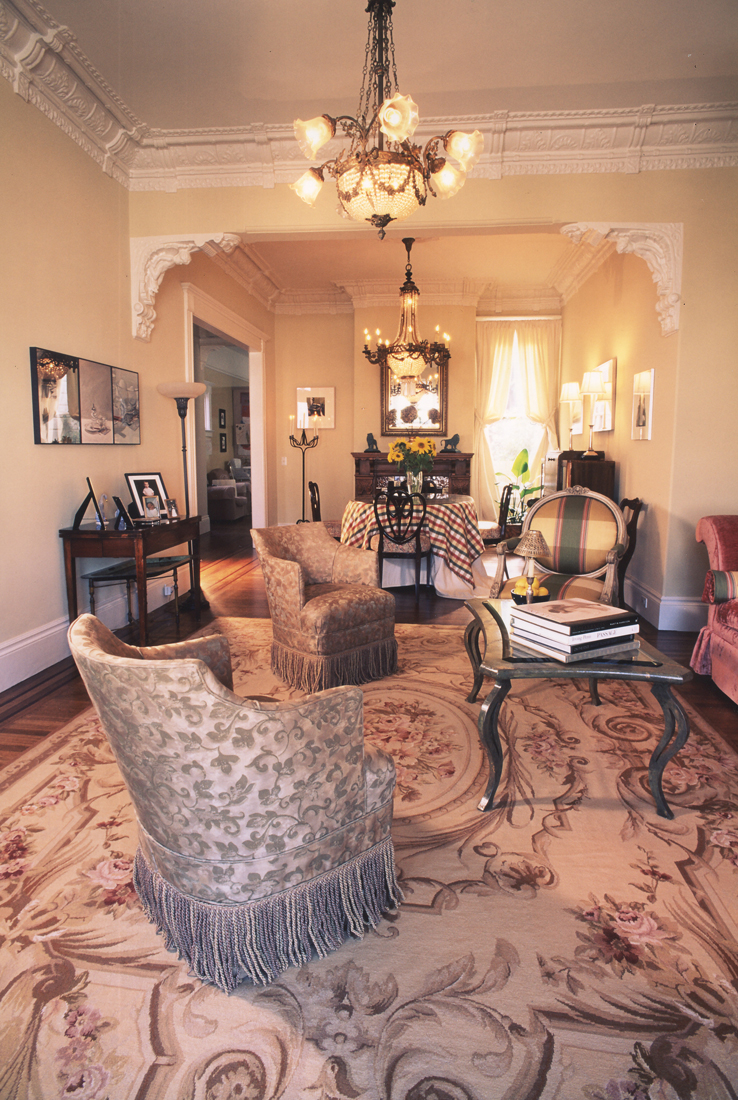



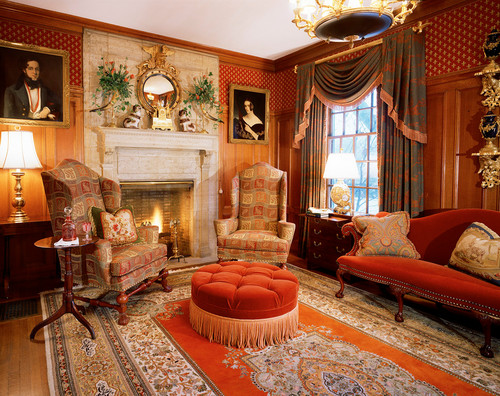

/victorian-style-living-room--old-fashioned--antique-domestic-residential-home-interior-182783978-5b14b86943a1030036fd1dba.jpg)

